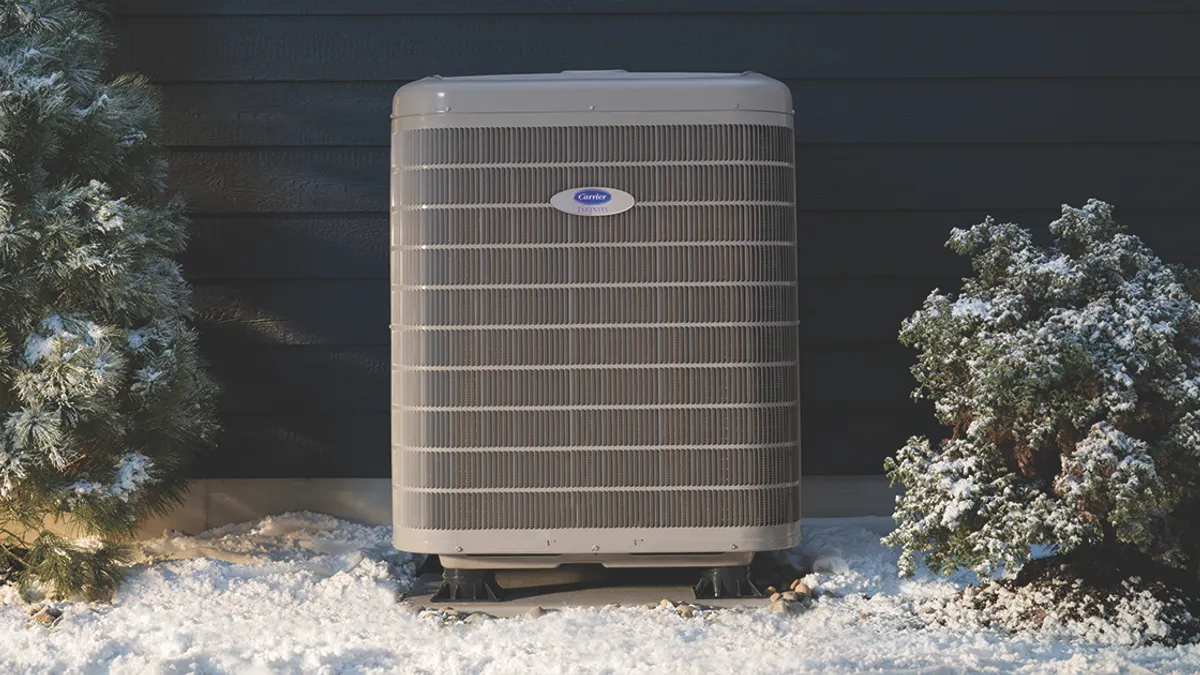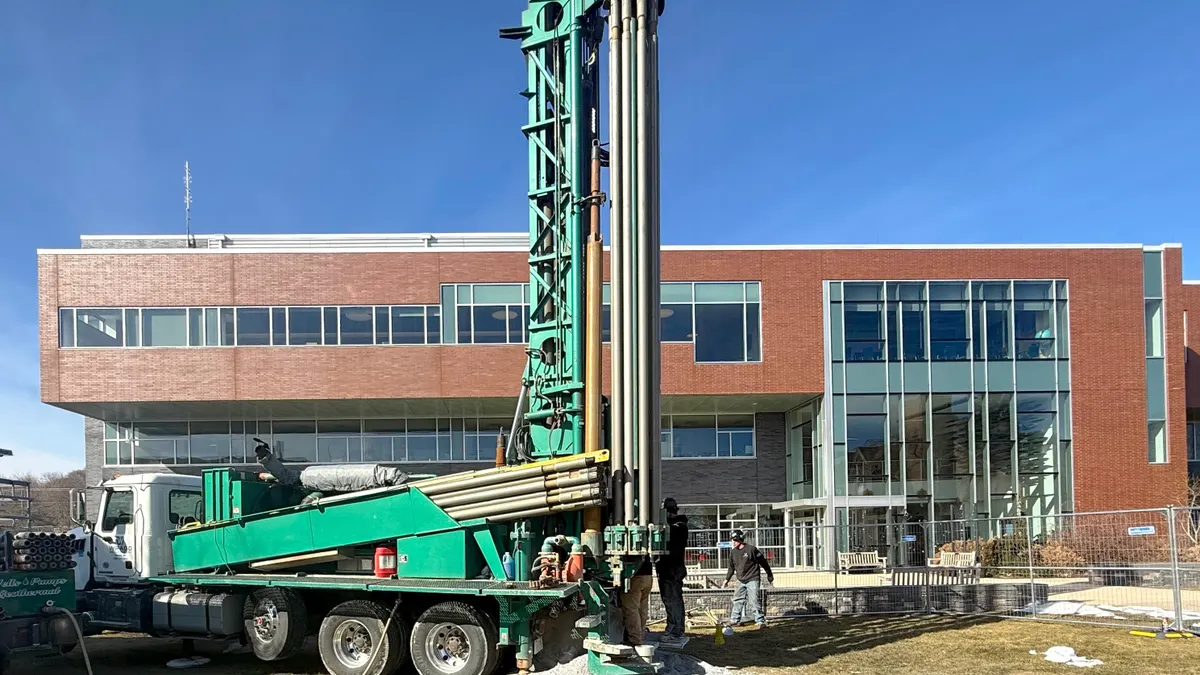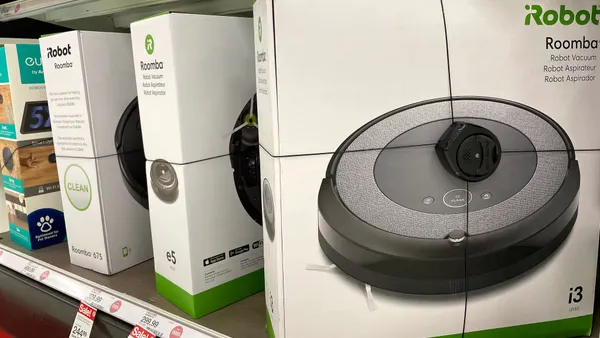Dive Brief:
- Carrier has completed the U.S. Department of Energy’s Cold Climate Heat Pump Challenge after first opening orders for its cold climate heat pumps in 2024.
- The HVAC manufacturer’s Infinity Variable-Speed Ultimate Cold Heat Pump with Greenspeed Intelligence is engineered to operate reliably down to -23 Fahrenheit with 100% heating capacity at 0 degrees Fahrenheit, the company says. The unit is now the highest-rated DOE cold climate heat pump in the market for residential and light-commercial applications, it said June 2.
- Last month, the company announced plans to invest an additional $1 billion over five years to expand U.S. manufacturing facilities and construct a new site that will support the production of components for heat pumps and battery assemblies.
Dive Insight:
Carrier is one of eight manufacturers to participate in the challenge, launched in 2021, and one of four that announced plans to bring commercialized versions to the market in 2025. Lennox, Bosch and Trane are the other three. The other four manufacturers – Daikin, Johnson Controls, Midea and Rheem — are expected to finalize commercialization plans in the coming year, according to a report by the DOE’s Pacific Northwest National Laboratory.
Carrier has updated its Air Conditioning, Heating and Ventilation Institute, or AHRI, ratings following completion of the CCHP challenge. “The updated AHRI ratings reflect Carrier's commitment to innovation and excellence in HVAC technology,” Braden Cook, senior director of product management, training and service at Carrier, said in a statement.
In addition to improved heating, cooling and ventilation capabilities in colder conditions, Carrier’s model exhibits sound levels as low as 55 decibels, making it among the quietest in the industry, the manufacturer said.
The challenge specification focused on residential, centrally ducted, electric-only heat pumps. Technologies used for the residential cold climate heat pumps will be applied to rooftop units in commercial buildings through the DOE’s ongoing Commercial Building Heat Pump Accelerator program, executives from Carrier and Lennox said.
As part of the program, each of the eight manufacturers demonstrated advanced demand response functionality to AHRI 1380, a standard for demand response through variable capacity HVAC systems in residential and small commercial applications, according to the DOE PNNL report.
“AHRI 1380 was designed to utilize the advanced control capabilities of variable speed HVAC systems paired with smart thermostats,” researchers said in the report, which detailed performance results of the challenge’s field validation. “In this strategy, the heat pump’s compressor and fan speeds are reduced, but the heat pump is still allowed to operate and provide at least some heating/cooling capacity to maintain comfort in the space.”
The strategy of these pumps is to drive a predictable demand reduction while maintaining comfort so that there are minimal impacts on occupants, resulting in greater participation and fewer event opt-outs, the report said.
The challenge prototypes were also some of the first centrally ducted HVAC products in the U.S. to use lower greenhouse-gas potential refrigerants R-32 and R-454B in real-world field installations, “and often were the first such products being installed in that state,” researchers said.
Low-GWP HVAC products have achieved wide adoption in 2025 due to federal regulations restricting the sale of new products with high-GWP refrigerants. Most HVAC product categories, including residential CCHP products, with GWPs above 700 must be installed by the start of 2026, the DOE PNNL report says. Commercial variable refrigerant flow systems were granted an extra two years to the start of 2027, per the report.
As this federal transition occurs, PNNL also pointed to potential impacts from state and federal regulation to ultra-low GWP refrigerants, noting California and New York state announced goals to transition to ultra-low GWP refrigerants in the mid-2030s.
“Incorporating Challenge-specification-compliant products into incentive programs and TRMs presents a valuable opportunity to realize the benefits of these highly efficient technologies,” PNNL said.













